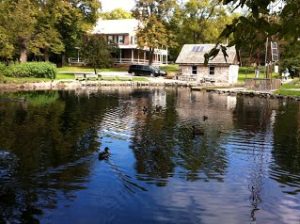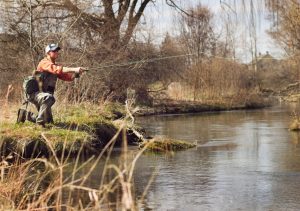Underground Railroad
A Path To Freedom
Roads to Freedom
“A hazardous area of 100 miles which contained the most secretive, tangled lines of the Underground Railroad.”
~Charles Blockson about Franklin County
Underground Railroad
Franklin County played an important role in the passage to freedom—the Underground Railroad. Its location on the Mason-Dixon Line signaled escaping slaves entry to the north, and the mountainous terrain afforded numerous hiding places in caves and wooded areas.
Chambersburg, Greencastle, and Mercersburg had substantial free black populations, and by 1860, Franklin County had the fifth largest African-American population.
Mercersburg Excape Routes
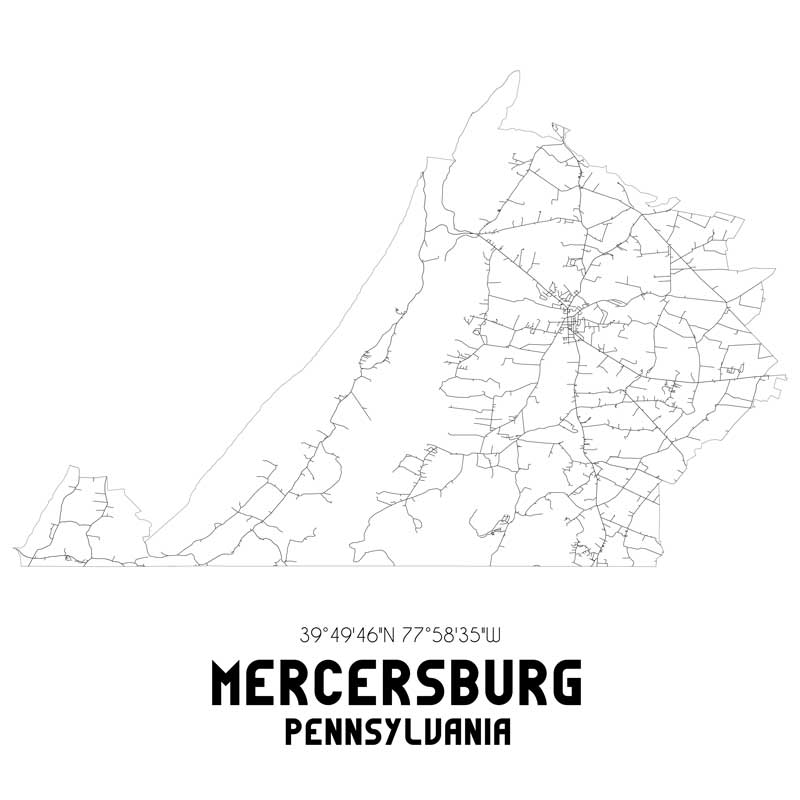
The Mercersburg African-American population was the largest in Franklin County. Just eight miles over the Mason-Dixon line, Mercersburg offered many escape routes that were former Native American pathways. Escaping slaves would follow the Warm Springs Indian Trail, which parallels today’s Route 75, into Mercersburg. From here, they traveled to Chambersburg to the safe houses along today’s Route 30, and then onto Shippensburg along present-day Route 11. From Shippensburg, escapees made their way to Carlisle, Harrisburg, Philadelphia, into New York state, and onto freedom in Canada. In the 1820s, African Americans began to settle along Fayette Street, Mercersburg, and the community grew. The Bethel African Methodist Episcopal Church, believed to be part of the Underground Railroad, was located in this neighborhood, as is the Zion Union Cemetery.
John Brown House & Old Jail
It was no mistake that radical abolitionist John Brown chose Chambersburg as his supply base and staging area for his raid on Harpers Ferry. Chambersburg had excellent access to rail, was located in the north, but was still close enough to the south for Brown to deploy his attack. In the summer of 1859, Brown and several of his associates stayed at 255 East King Street inChambersburg, the boarding house of Mary Ritner. Brown assumed the identity of Isaac Smith, owner of a mining operation. Under this guise, Brown was able to receive the heavy shipments of weapons for his planned takeover of the arsenal at Harpers Ferry.
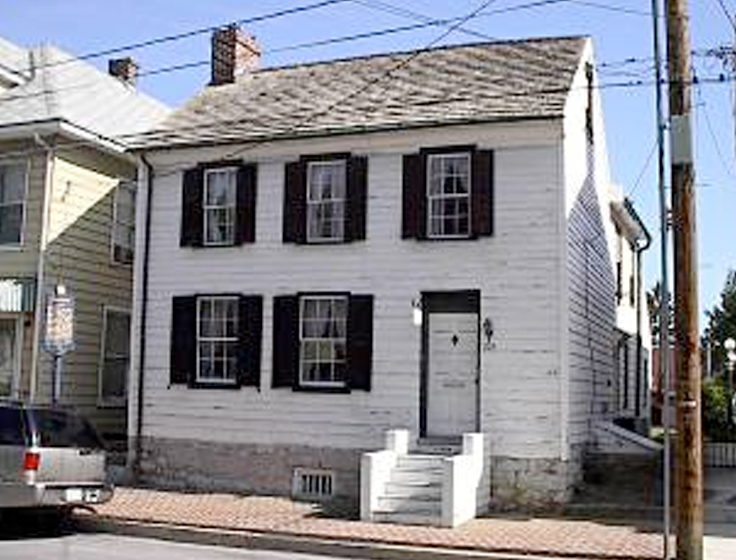
Mary Ritner Boarding House in Chambersburg, PA
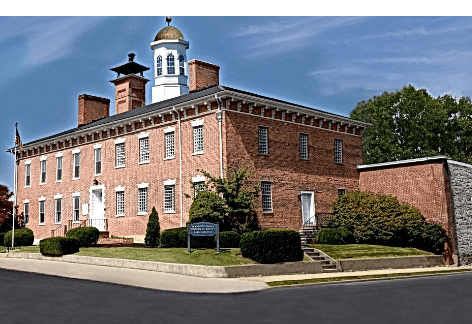
Located just a block west of the John Brown House is the Old Jail at 175 East King Street. This is where John Cook, one of John Brown’s associates in the raid of Harpers Ferry, was taken after being captured. Oral tradition also holds that the jail was used to secure escaping slaves until they could be moved to the next place of safety. Today the Old Jail is a museum and home to the Kittochtinny Historical Society of Chambersburg
African American Community Supports in Chambersburg
A historic marker on Memorial Square marks the Underground Railroad activity of Chambersburg. Many of Chambersburg’s African-American citizens participated in the Underground Railroad and the majority of the African-American population was concentrated in the South Ward. Henry Watson, a local barber, and Joseph Winters, an inventor and author, were two known agents of African-American heritage.

Frederick Douglass
In August, 1859, abolitionist Frederick Douglass visited Chambersburg. When he was recognized by the townspeople, he was pressed to give a speech. The speech was given in a building on the square called the Franklin Repository, since burned in the 1864 Civil War Burning of Chambersburg. The site is adjacent to the 1865 Franklin County courthouse that remains today. Douglass’ true purpose for traveling to Chambersburg was not a speaking engagement, but a meeting with John Brown, who had written him asking to meet in Chambersburg. The meeting was held in an old quarry in the area behind the present-day Southgate Shopping Center. Douglass was unable to dissuade Brown from his plan to take hold of the Harpers Ferry arsenal.
Rouzerville, Quincy, and Caledonia
Franklin County offered a number of entry points as well as the natural protection of mountains, forests, and caves. The Jacob Shockey farm, near Rouzerville just across the Maryland line, was at the foot of the South Mountain range. The forest sheltered the fugitives by day, and under cover of darkness, Shockey would guide the group eight miles to the Hiram Wertz farm near Quincy. From the Wertz farm, the escapees traveled another eight miles to an African-American community near Thaddeus Steven’s Caledonia Iron Works. Traveling today, the route would parallel Route 997. The community, sometimes called Africa, was the third largest African-American population in Franklin County in 1850.

Thaddeus Stevens Society
Franklin County Visitors Bureau
Explore Franklin County PA is the official site for adventure, history, and getaways throughout our wonderful county. You'll find adventure at your pace throughout our diverse and unique towns of Chambersburg, Greencastle, Waynesboro, Mercersburg, and a little sliver of Shippensburg and all points in between.


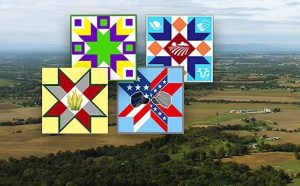




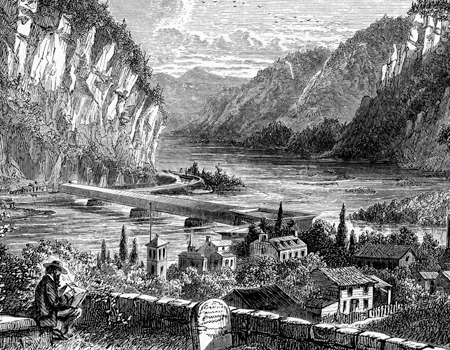

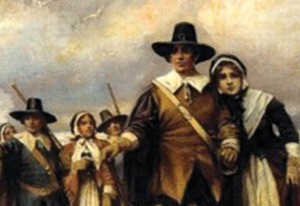
 Underground Railroad
Underground Railroad